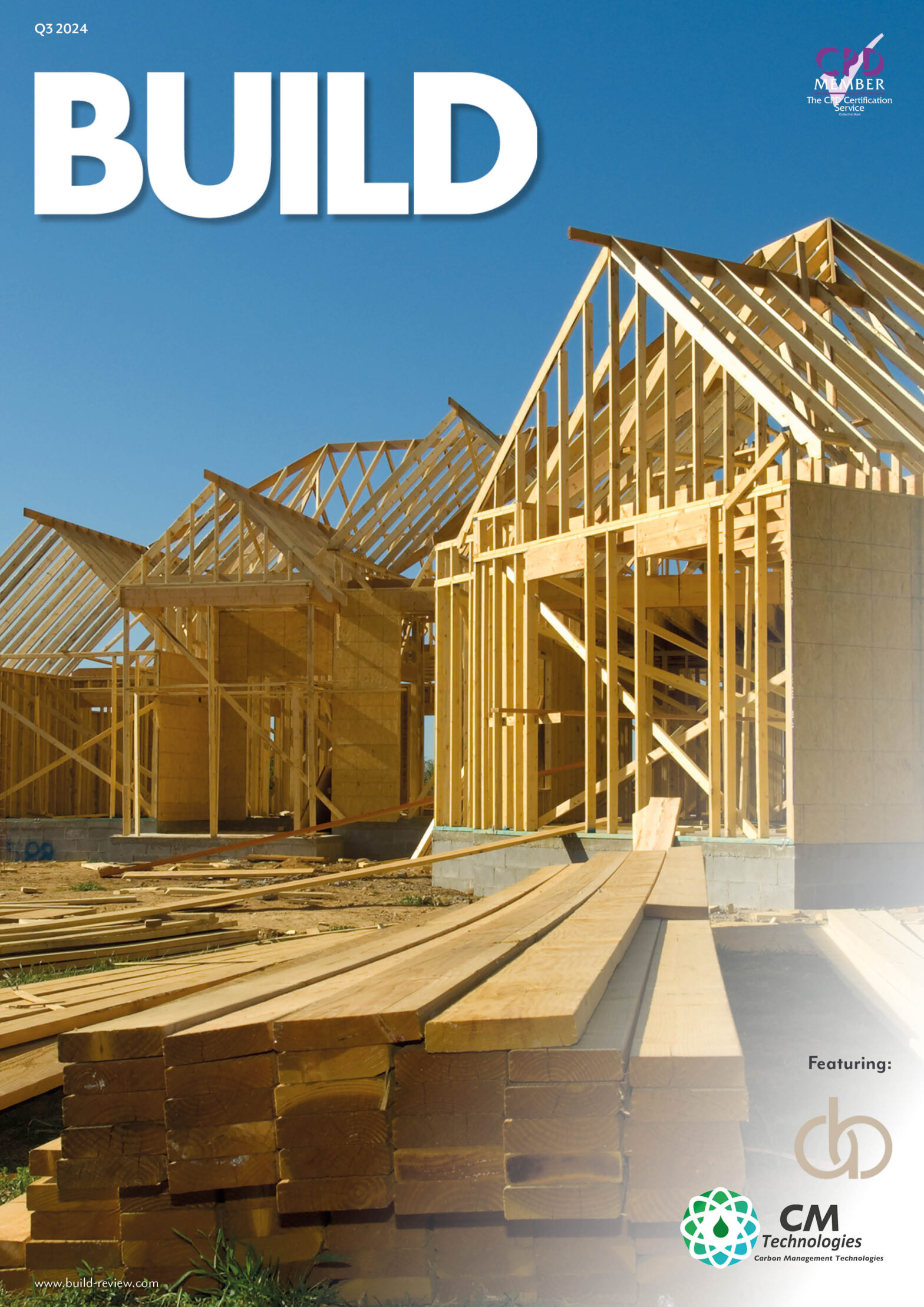In the ever-evolving construction and property development landscape, timing is everything. Whether you’re purchasing land, initiating a self-build, renovating a residential property, or navigating a complex commercial project, financial liquidity can determine the success or delay of your plans. This is where bridge loans have emerged as a critical financing solution offering speed, flexibility, and targeted support for builders, developers, and investors alike.
Bridging finance is no longer a niche product but a practical and often essential tool for construction professionals and real estate stakeholders. In this article, we’ll explore how bridge loans work, their benefits, use cases in the building sector, and what to consider before taking one out.
What Are Bridging Loans?
A bridge loan is a short-term loan designed to “bridge” the gap between an immediate financial need and a more permanent funding solution. Typically lasting between 3 to 24 months, this type of financing provides quick access to funds, secured against property or land.
In the context of property and construction, bridge loans are most often used to:
- Purchase a property before selling an existing one.
- Fund a construction or refurbishment project
- Secure land for development
- Rescue a project from delays due to financing shortfalls.
The speed of approval and release of funds is one of the biggest draws, with some lenders able to deliver within 72 hours — a crucial advantage in competitive or time-sensitive markets.
Why Bridging Loans Are Increasingly Popular in the Build-to-Rent Sector
With traditional mortgage processes becoming more stringent and slower to process, especially for unconventional or phased projects, bridge loans offer a tailored and fast-tracked alternative.
1. Speed and Flexibility
For builders and developers bidding on high-demand sites or distressed properties, speed is everything. Traditional financing may take weeks or even months to process. In contrast, bridge loans can be arranged in days, enabling timely decisions and giving you the edge over slower-moving competitors.
2. Support for Non-Traditional Projects
Banks often shy away from financing unconventional properties, such as derelict buildings, non-standard constructions, or partial builds. Bridging finance, however, is much more accommodating and is frequently used in projects involving:
- Change of use (e.g., converting commercial units into flats)
- Heavy renovations or structural work
- Barn conversions or eco-home builds
3. Ideal for Auction Purchases
Buying a property at auction requires funds within a fixed timeframe (usually 28 days). Bridge loans provide the liquidity needed to meet this deadline, making them a favourite among auction investors.
Bridging Loans vs. Traditional Loans: What’s the Difference?
While both are secured loans, the terms, conditions, and intended uses differ significantly.
| Feature | Bridging Loan | Traditional Mortgage |
| Approval Time | 2–14 days | 4–8 weeks |
| Term Length | 3–24 months | 10–30 years |
| Use Cases | Renovations, land purchase, auction buys | Long-term property ownership |
| Repayment | Usually interest-only | Repaid in a lump sum monthly payments |
| Flexibility | High | Low to moderate |
For construction-focused users on build-review.com, this flexibility often makes bridge loans a more aligned choice, especially when projects move in phases or rely on sequential funding.
Common Scenarios Where Bridging Loans Shine
Property Developers
Developers often use bridging finance to unlock equity tied in one project and reinvest it in another. For example, they might refinance a finished build to fund the deposit for a new acquisition, all without needing to sell immediately.
Self-Build Projects
When self-builders need upfront capital to start groundwork or buy materials before a mortgage kicks in, bridge loans can fund the initial stages. Once the structure reaches a mortgageable state, the loan can be refinanced through a longer-term product.
Land Acquisition
Some plots are only available for a short time, especially when sold off-market or competitively priced. Bridge loans allow developers to seize such opportunities without waiting.
Chain Breaks
If you’re part of a property chain and a buyer pulls out, bridge loans can cover the cost of the next property while you wait for the current one to sell, preventing missed opportunities or legal penalties.
The Risks and Considerations
As with any financial product, bridge loans come with responsibilities and should be used strategically. Key points to consider include:
Interest Rates: Generally higher than traditional loans, ranging from 0.5% to 1.5% per month.
Exit Strategy: Lenders want to know how the loan will be repaid (sale of property, refinancing, etc.).
Fees: Arrangement, legal, valuation, and exit fees can add to the cost.
Security: The loan is typically secured against property or land, risking repossession if not repaid.
The best approach is to work with an experienced financial advisor or bridging specialist to fully understand the terms, structure your exit plan, and evaluate whether the loan aligns with your project goals.
What the Future Holds for Bridging Finance in the Build Industry
The growth of bridge loans within the UK construction and property market shows no signs of slowing down. As real estate development continues to diversify and increase in complexity — with more people building their own homes, converting commercial properties, or revitalising disused land — the demand for flexible, short-term finance will rise in parallel.
Additionally, regulatory improvements and the growing presence of specialist lenders are enhancing transparency and borrower confidence, making bridging finance more accessible and safer than ever before.
Final Thoughts: Is a Bridging Loan Right for Your Project?
For professionals in the construction, renovation, and real estate development space, bridge loans offer a unique blend of speed, flexibility, and strategic value. While they are not a one-size-fits-all solution, they are undoubtedly one of the most powerful tools when used correctly.
If your project demands quick funding, involves non-standard construction, or requires a stop-gap solution while waiting for long-term finance, bridge loans can bridge that gap, helping you move from blueprint to build without delay.
Whether you’re a seasoned developer or a first-time builder, understanding the strengths and limitations of this financing option is key to unlocking new opportunities in your property journey.




























